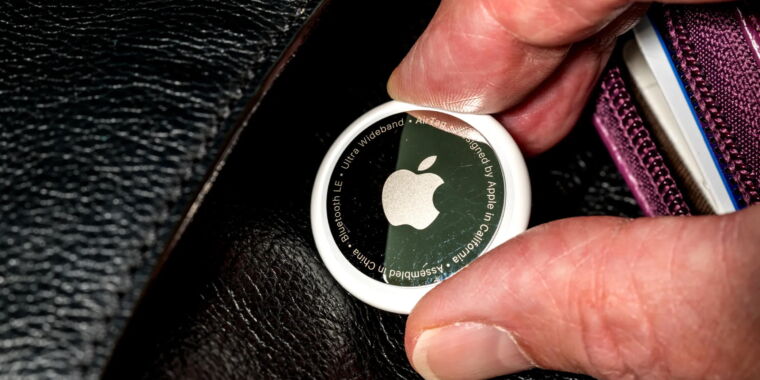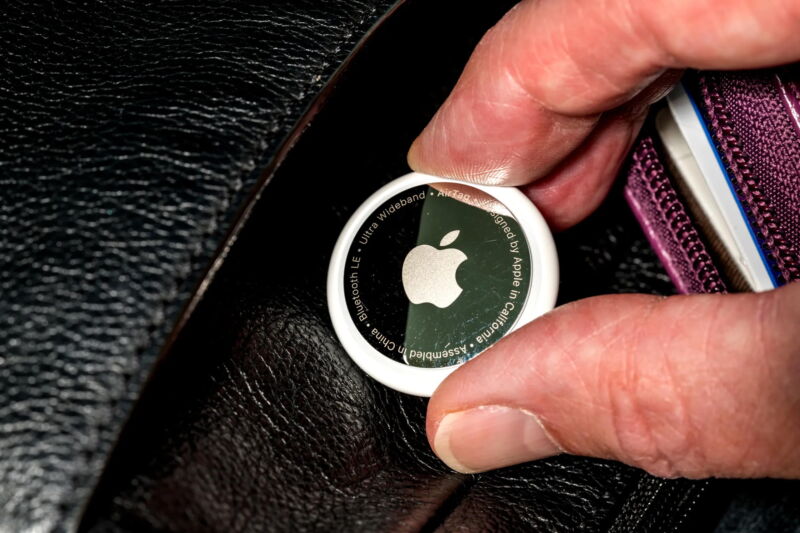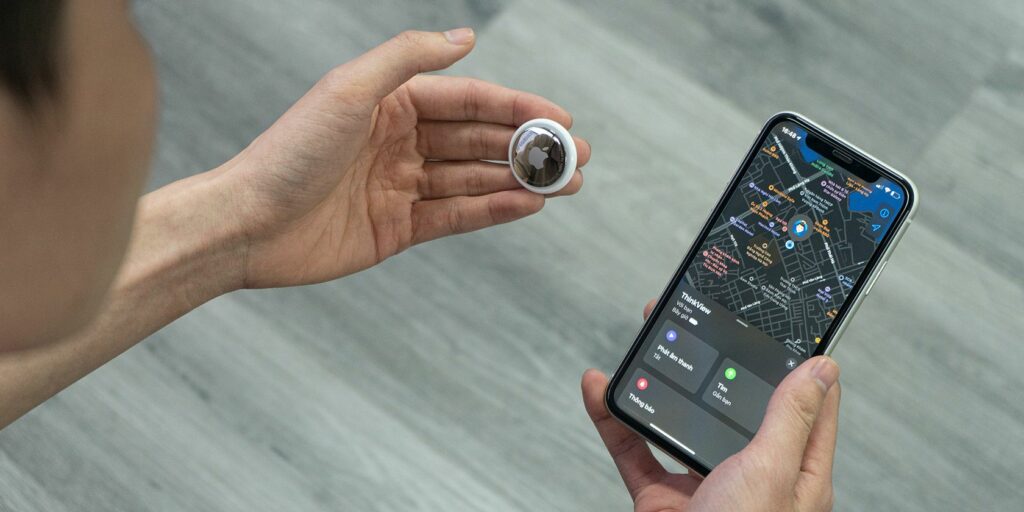I helped a lost dog’s AirTag ping its owner: An ode to replaceable batteries
Out of all the books I read for my formal education, one bit, from one slim paperback, has lodged the deepest into my brain.
William Blundell’s The Art and Craft of Feature Writing offers a “selective list of what readers like.” It starts with a definitive No. 1: “Dogs, followed by other cute animals and well-behaved small children.” People, Blundell writes, are your second-best option, providing they are doing or saying something interesting.
I have failed to provide Ars Technica readers with a dog story during nearly three years here. Today, I intend to fix that. This is a story about a dog, but also a rare optimistic take on a ubiquitous “smart” product, one that helped out a very good girl.
Note: The images in this post are not of the aforementioned dog, so as to protect their owner’s privacy. The Humane Rescue Alliance of Washington, DC, provided photos of adoptable dogs with some resemblance to that dog.
Hello, stranger
My wife and I were sitting with our dog on our front porch on a recent weekend morning. We were drinking coffee, reading, and enjoying DC’s tiny window of temperate spring weather. I went inside for a moment; when I came back, my dog was inside, but my wife was not. Confused, I cracked open the door to look out. A dog, not my own, stuck its nose into the door gap, eager to sniff me out.
“There’s a dog here?” my wife said, partly to herself. “She just ran up on the porch. I have no idea where she came from.”
Rexi, a nearly 3-year-old mixed breed, is being fostered and ready for adoption at the Humane Rescue Alliance. The author’s wife thinks Rexi looks the most like their unexpected dog visitor.
Rexi, a nearly 3-year-old mixed breed, is being fostered and ready for adoption at the Humane Rescue Alliance. The author’s wife thinks Rexi looks the most like their unexpected dog visitor. Credit: Humane Rescue Alliance
I secured my dog inside, then headed out to meet this fast-moving but friendly interloper. She had a collar, but no leash, and looked well-groomed, healthy, and lightly frantic. The collar had a silicone band on it, holding one of Apple’s AirTags underneath. I pulled out the AirTag, tapped it against my phone, and nothing happened.
While my wife posted on our neighborhood’s various social outlets (Facebook, Nextdoor, and a WhatsApp group for immediate neighbors), I went into the garage and grabbed a CR2032 battery. That’s not something everyone has, but I have a few AirTags, along with a bit of a home automation habit. After some pressing, twisting, and replacing, the AirTag beeped and returned to service.
I helped a lost dog’s AirTag ping its owner: An ode to replaceable batteries Read More »





